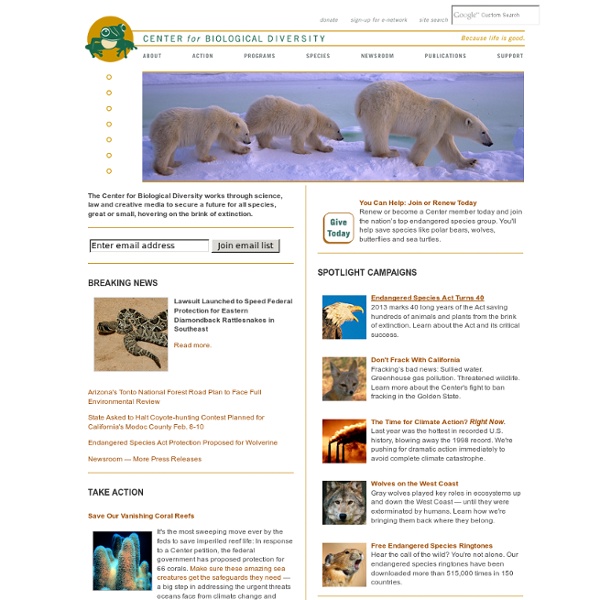



to reclass Rights of Mother Earth - Gaia Psychology Rights of Mother Earth Proposal Universal Declaration of the Rights of Mother Earth Preamble We, the peoples and nations of Earth: considering that we are all part of Mother Earth, an indivisible, living community of interrelated and interdependent beings with a common destiny; gratefully acknowledging that Mother Earth is the source of life, nourishment and learning and provides everything we need to live well; recognizing that the capitalist system and all forms of depredation, exploitation, abuse and contamination have caused great destruction, degradation and disruption of Mother Earth, putting life as we know it today at risk through phenomena such as climate change; convinced that in an interdependent living community it is not possible to recognize the rights of only human beings without causing an imbalance within Mother Earth; conscious of the urgency of taking decisive, collective action to transform structures and systems that cause climate change and other threats to Mother Earth;
on reserve Microbial Life - Educational Resources Teaching and learning about the diversity, ecology and evolution of the microbial world; discover the connections between microbial life, the history of the earth and our dependence on micro-organisms. The expansive Sunset Lake of the Black Sand Basin is one of the largest thermal bodies of water in Yellowstone National Park. Details This site contains a variety of educational and supporting materials for students and teachers of microbiology. Microbial Life in Extreme Environments: Mammoth Terraces, Yellowstone National Park. Microbial Life in Marine Environments: Pancake ice in Ross Sea, Antarctica. Find out more about the myriad of microorganisms that live in marine environments. Microbial Observatories: MO study site at Conch Reef, Key Largo. Explore profiles of several microbial observatories, NSF-funded projects dedicated to the discovery and characterization of novel microorganisms and microbial communities of diverse environments. Research Methods: Euastrum agalma. Micro*scope:
NASA Earth Observatory : Home Top 10 Most Dangerous Plants in the World 1. Most likely to eat a rat Giant Pitcher Plant: Nepenthes attenboroughii Discovered more than 5000 feet above sea level on Mount Victoria in the Philippines, the giant, carnivorous pitcher plant secretes a nectar-like substance to lure unsuspecting prey into a pool of enzymes and acid. A series of sticky, downward ribs makes it nearly impossible for trapped prey to escape. The plant's 30-centimeter diameter is large enough to trap unlucky rodents, but insects are its most common meal. 2. Castor Bean Plant: Ricinus communis Castor-bean plants can be purchased at just about any garden center, despite containing the deadly poison ricin. 3. Western Water Hemlock: Cicuta douglasii Deemed the most "violently toxic plant that grows in North America" by the USDA, the water hemlock contains the toxin cicutoxin, which wreaks havoc on the central nervous system, causing grand mal seizures--which include loss of consciousness and violent muscle contractions--and eventually death, if ingested. 4. 5.
Wikispecies - the species directory